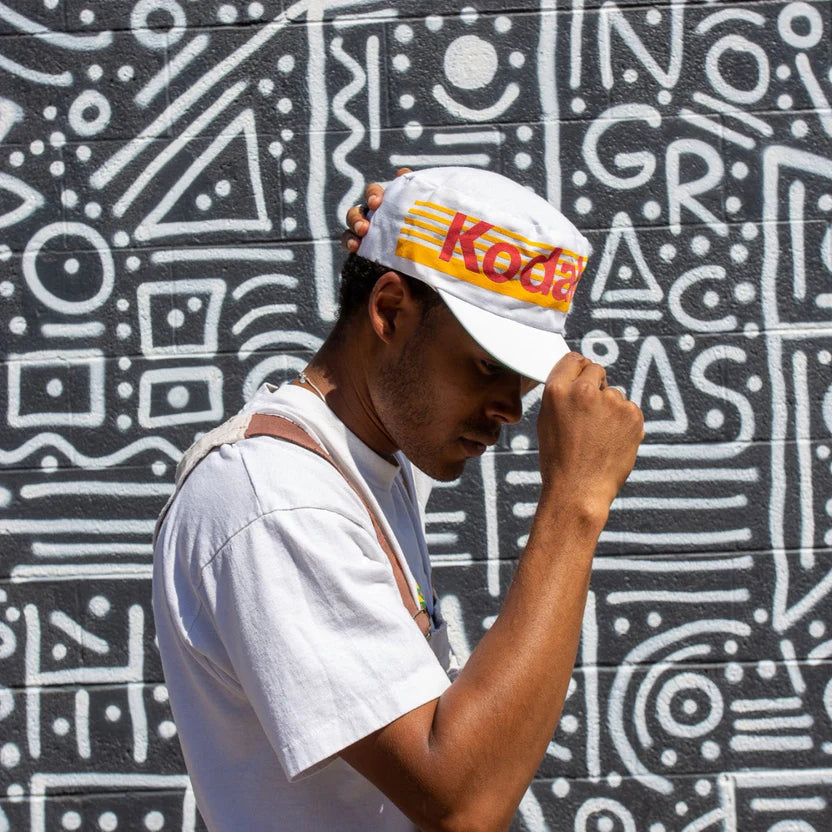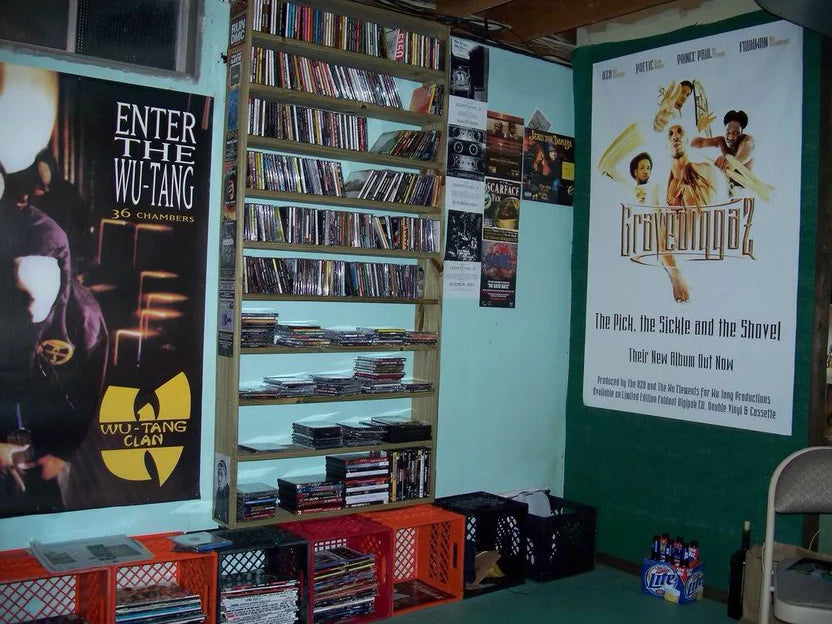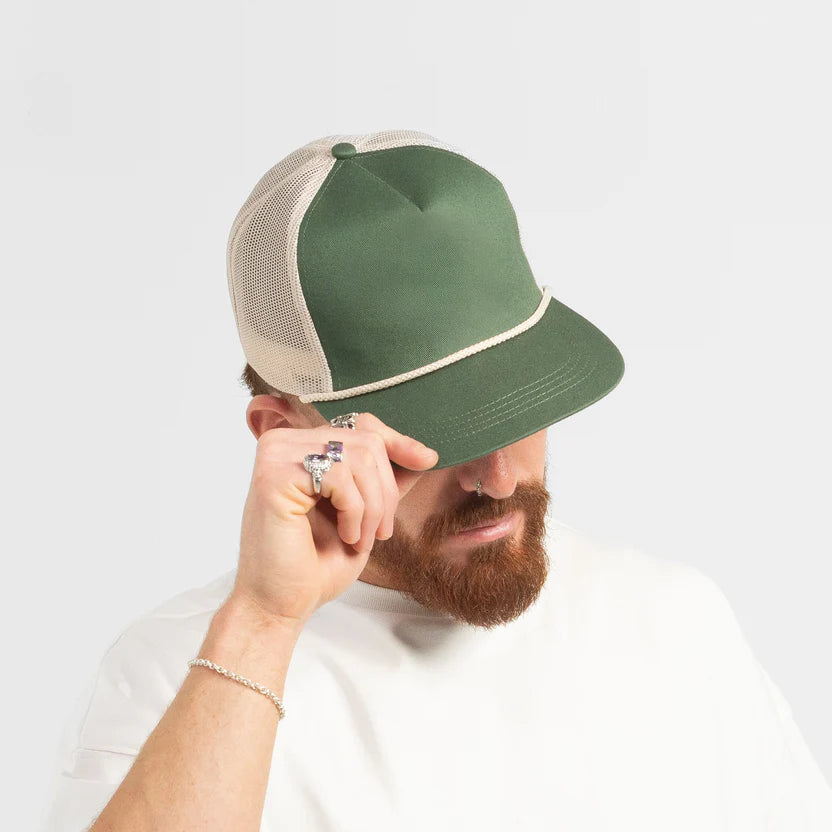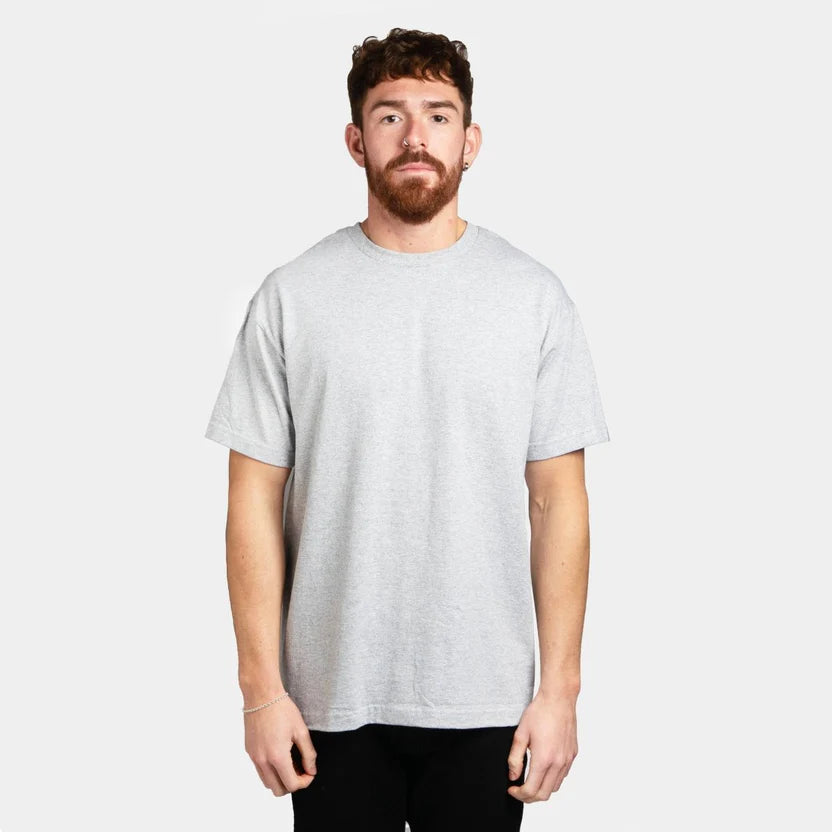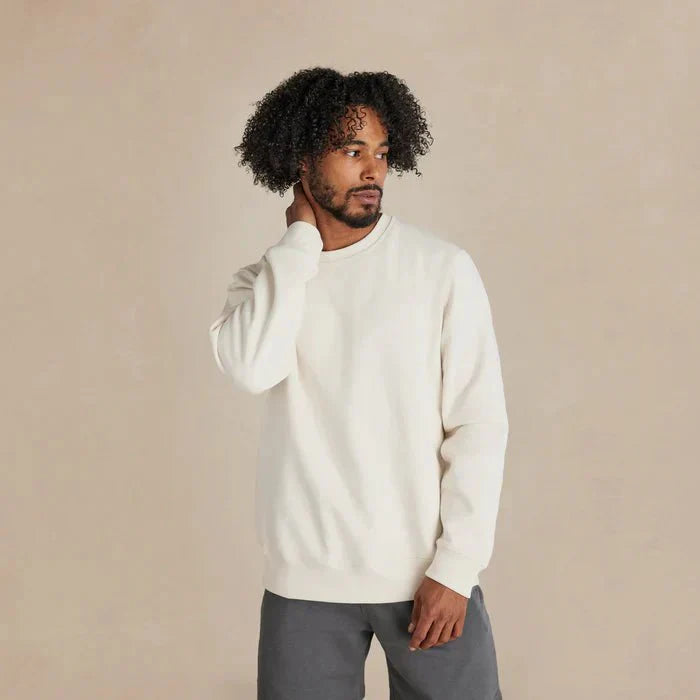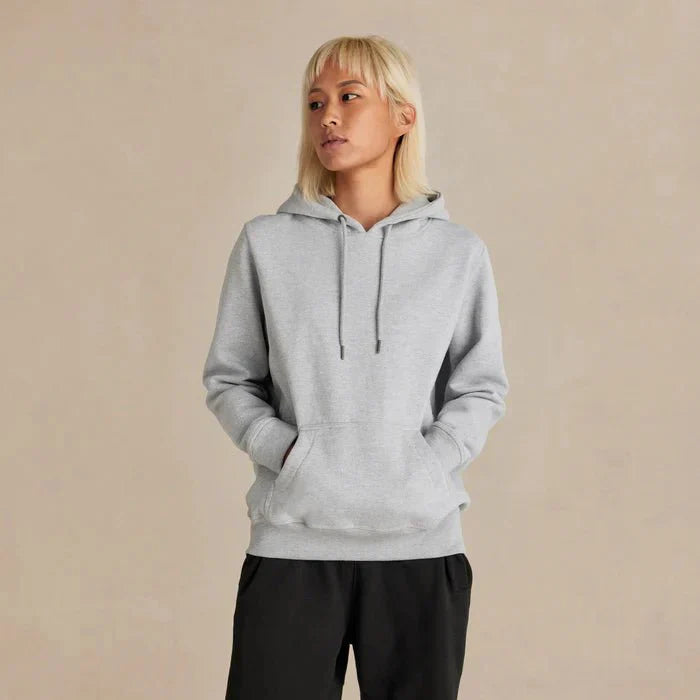Exploring Vintage and Retro Clothing: A Complete Guide
The world of vintage and retro clothing is fascinating, where each garment tells a story and fashion meets history. Whether you're a seasoned collector or a curious newcomer, vintage and retro styles can showcase why each piece has captured the hearts of fashion enthusiasts around the globe.
What is vintage clothing? Typically, a garment is considered "vintage" if it's at least 20 years old, representing the fashion of a specific era. These pieces are not just old; they are emblematic of the style and trends of a particular time period, often bringing a touch of authenticity and nostalgia to modern wardrobes. Vintage clothing ranges from the luxurious flapper dresses of the 1920s to the bold geometric prints of the 1960s, each piece preserving a fragment of fashion history.
On the other hand, retro clothing imitates styles from the past but is manufactured more recently. The term "retro" refers to garments that mimic the style of a previous era, often with a modern twist. For instance, a dress designed today with a 1950s silhouette and contemporary fabric is considered retro. Retro pieces provide the aesthetic of vintage without the hunt through thrift stores, making it accessible for those looking to incorporate old style vibes into their everyday looks.
Embracing vintage and retro clothing is more than a fashion statement; it's a step towards sustainable and ethical clothing practices. Moreover, vintage and retro pieces add unparalleled uniqueness and diversity to your wardrobe, allowing you to stand out with styles that are no longer produced.

History of Vintage Clothing
The fascination with vintage fashion can be traced back to various periods, but it gained significant popularity during the 20th century. After World War II, as the economy began to recover, there was a newfound interest in antique clothing and the fashion styles of the recent past. This interest was partly driven by nostalgia and the desire to recapture the essence of a more glamorous era.
Over the decades, vintage clothing has evolved from being merely second-hand to becoming highly sought-after collectibles that hold significant value. In the 1970s and 1980s, vintage shopping became mainstream, with more people seeking unique pieces that couldn't be found in regular stores. This trend continued to grow, influencing modern designers and the contemporary fashion scene.
Characteristics of Vintage Clothing
Vintage clothes capture various styles from different eras, each echoing the fashion trends of its time. For instance, vintage t-shirts from the 1970s often feature bold, graphic prints that reflect the pop culture and music influences of the era. In contrast, t-shirts from the 1980s might showcase vibrant neon colors and large slogans, embodying the energetic spirit and emerging street style of that decade. These garments provide a wearable history lesson on how casual wear has evolved through the decades.
What truly sets vintage t-shirts apart are their unique features and intricate details. These might include rare prints, such as a band's limited-edition tour merchandise, or unique stitching patterns that are no longer common in t-shirt production. The faded look of a vintage t-shirt can also add to its charm, giving it an authentic "lived-in" feel that many strive to replicate in modern retro-inspired designs. Such distinctive traits make vintage t-shirts not just pieces of clothing but treasures that offer a glimpse into the past.
Identifying Vintage Clothing
One of the most straightforward ways to identify vintage items is through its labels and branding. Vintage garments often feature tags that look distinctly different from modern labels, with fonts, logos, and placement that reflect the era they were made. The fabric and materials used can also be significant indicators of a garment's age. Vintage clothing is usually made with natural fibers like wool, silk, or cotton, which were more commonly used before the widespread adoption of synthetic materials in the late 20th century.
Finally, the design elements of a garment are telltale signs of its vintage status. Features such as metal zippers, snap closures, unique buttons, or even the stitching style can indicate the time period of a piece. For vintage t-shirts, pay attention to the cut and shape; older t-shirts tend to have a more boxy fit compared to the tailored cuts common in modern designs.
Collecting Vintage Clothing
Vintage pieces can be found in a variety of places, from specialized vintage stores and thrift shops to online marketplaces and estate sales. Thrift stores and second-hand shops are great starting points for beginners, offering a wide range of items at lower prices. For those looking for specific designer pieces or rare items, attending vintage clothing fairs or visiting reputable vintage shops might yield better results.
Building a vintage collection involves more than just purchasing old clothes. It's important to develop a keen eye for quality and authenticity, learn about the fashion history of different eras, and understand what makes each piece unique.
Preservation and Care
Preserving and caring for vintage clothing is crucial to maintaining its condition and value. Always store vintage garments properly, using padded hangers and breathable garment bags to prevent damage. Avoid washing vintage pieces in a machine; instead, opt for gentle hand washing or professional dry cleaning. Regular maintenance, such as repairing loose threads or replacing worn buttons, can also extend the life of vintage clothing, ensuring that it continues to be worn and appreciated for years to come.
Understanding Retro Fashion
Retro style refers to new or recent clothing that intentionally mimics the fashion of a previous era. Unlike vintage styles, which are original from its time period, retro clothes imitates past designs with contemporary materials and production techniques. This style celebrates the iconic fashion trends of the past, such as bell-bottom jeans from the 1970s or neon windbreakers from the 1980s, but updates them to match current fashion standards.
Retro fashion has a significant influence on the modern fashion industry, often dictating the trends seen on runways and in street style. Designers frequently draw inspiration from the past, blending retro elements with modern ideas to create something entirely new yet familiar. This cyclic nature of fashion ensures that past styles continue to inspire and influence even as they are reinvented for contemporary audiences.

Differences Between Vintage and Retro
While both vintage and retro fashion celebrate styles from the past, they do so in distinctly different ways. The primary difference between vintage and retro lies in their authenticity and origin. Vintage clothing is original from its time period, offering authentic designs and fabrics from past decades. In contrast, retro clothing replicates these styles but is made recently, often with modern materials and techniques.
The cultural context of vintage and retro clothing also differs. Vintage clothing carries with it the cultural and historical significance of its era, offering a direct connection to the past. Retro clothing, while nostalgic, does not have the same authentic connection to the time period it emulates; instead, it reflects contemporary culture's perception of and fascination with that era.
Fashion revivals are common in both vintage and retro fashion but play out differently. Vintage revivals involve rediscovering and reintegrating authentic pieces from the past into modern wardrobes, while retro revivals focus on creating new pieces inspired by old designs. Both processes highlight the timeless appeal of certain styles and the ongoing conversation between past and present fashions.
Embracing Vintage and Retro Fashion
Adopting vintage and retro styles is not just about fashion choices; it's a lifestyle and a statement about sustainability and individuality.
Embracing vintage and retro clothing is a powerful way to participate in the sustainable fashion movement. By choosing pre-owned and retro-inspired pieces, fashion enthusiasts can reduce their environmental impact, as these practices contribute to less waste and reduced demand for new resources.
Vintage and retro fashion allow for unique personal style expression. These styles enable individuals to mix and match pieces that are unlikely to be found in others’ wardrobes, providing a sense of individuality and uniqueness. Whether it’s a 1950s polka dot dress or a retro-inspired graphic tee, these pieces can define personal style and make bold statements.
Impact of Vintage and Retro Clothing Industry
The vintage and retro clothing market has become a substantial economic sector, driven by increasing consumer interest in unique, quality pieces with historical significance. This market supports small businesses, including local thrift stores and specialized vintage shops, and contributes to a more diverse consumer market by offering alternatives to mainstream, mass-produced fashion. Furthermore, the rise of online platforms and social media has expanded the reach of vintage and retro clothing, turning it into a global phenomenon that fosters an economically diverse marketplace.
Looking ahead, the vintage and retro clothing industry is poised for continued growth. As awareness of environmental issues increases and consumers become more interested in sustainable living, demand for quality, pre-owned garments is expected to rise. Furthermore, as digital platforms become more sophisticated, the accessibility of vintage and retro clothing will improve, making it easier for consumers worldwide to participate in this eco-friendly fashion movement.
Tips for Styling Vintage and Retro Clothing
Styling vintage and retro clothing can be a creative and enjoyable way to express your unique fashion sense.
One of the joys of vintage and retro clothing is the ability to create one-of-a-kind outfits by mixing and matching different eras and styles. Don’t be afraid to pair a 70s retro blouse with modern skinny jeans, or a vintage 50s skirt with a contemporary cropped top. The contrast between old and new can often produce stylish and eye-catching results.
Accessories can make or break your vintage or retro look. Try to find period-appropriate accessories to complement your outfits, like a vintage hat, retro sunglasses, or antique jewelry. These pieces can help complete your ensemble and enhance the authenticity of your vintage style. However, mixing in some modern accessories can also keep your outfit grounded in the present.
Embracing the Timeless Appeal of Vintage and Retro Fashion
As we've journeyed through the world of vintage and retro clothing, it's clear that these styles offer more than just aesthetic value—they represent a sustainable, creative, and culturally rich approach to fashion. Embracing vintage and retro pieces not only sets you apart with unique and timeless outfits but also contributes to a more ethical fashion industry.
Whether you're hunting for that perfect antique garment or integrating retro flair into your daily style, the world of vintage and retro fashion invites you to express yourself while honoring the past. So, dive into this enchanting wardrobe wonderland and let every piece tell its story, adding layers of history and personality to your modern look.



